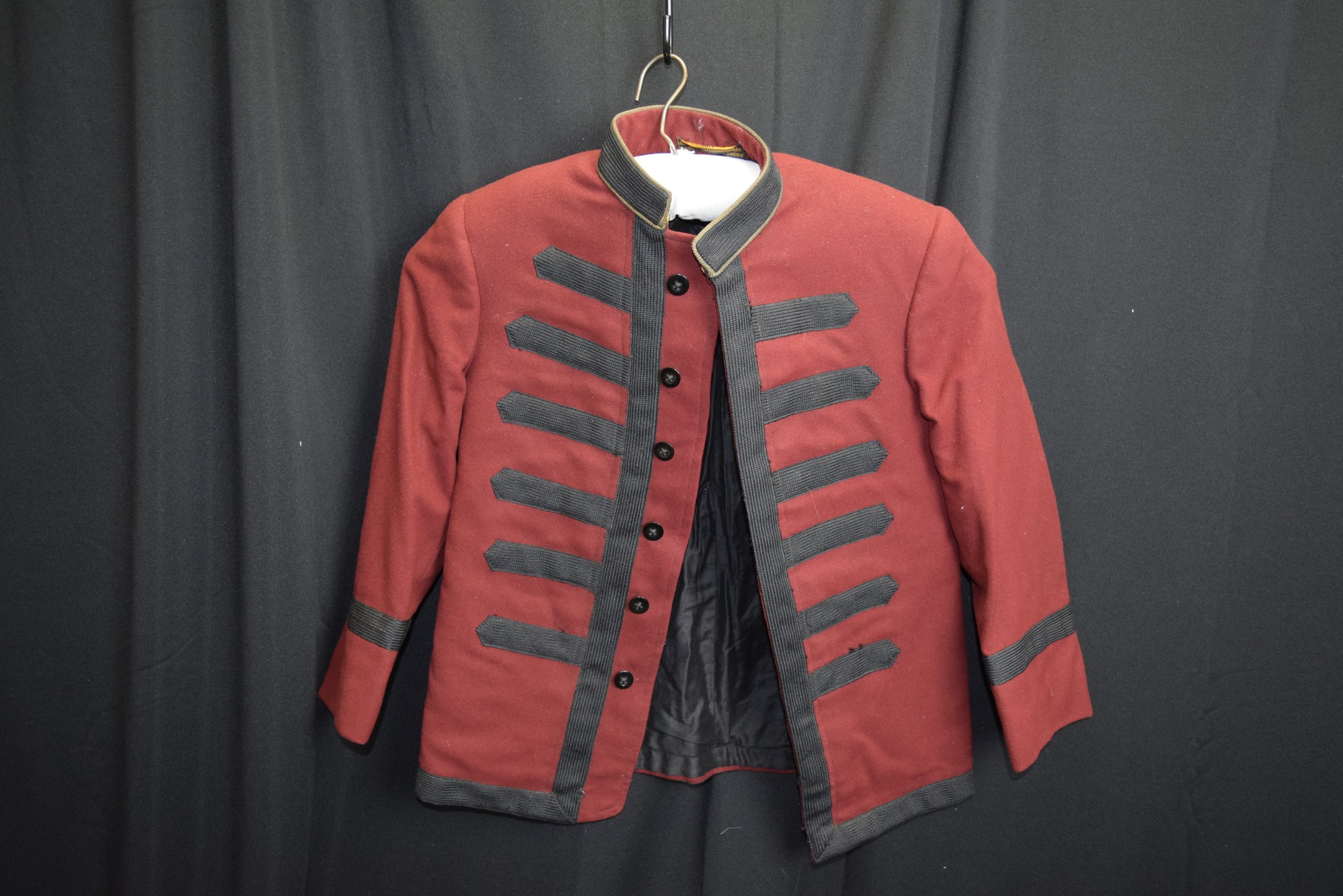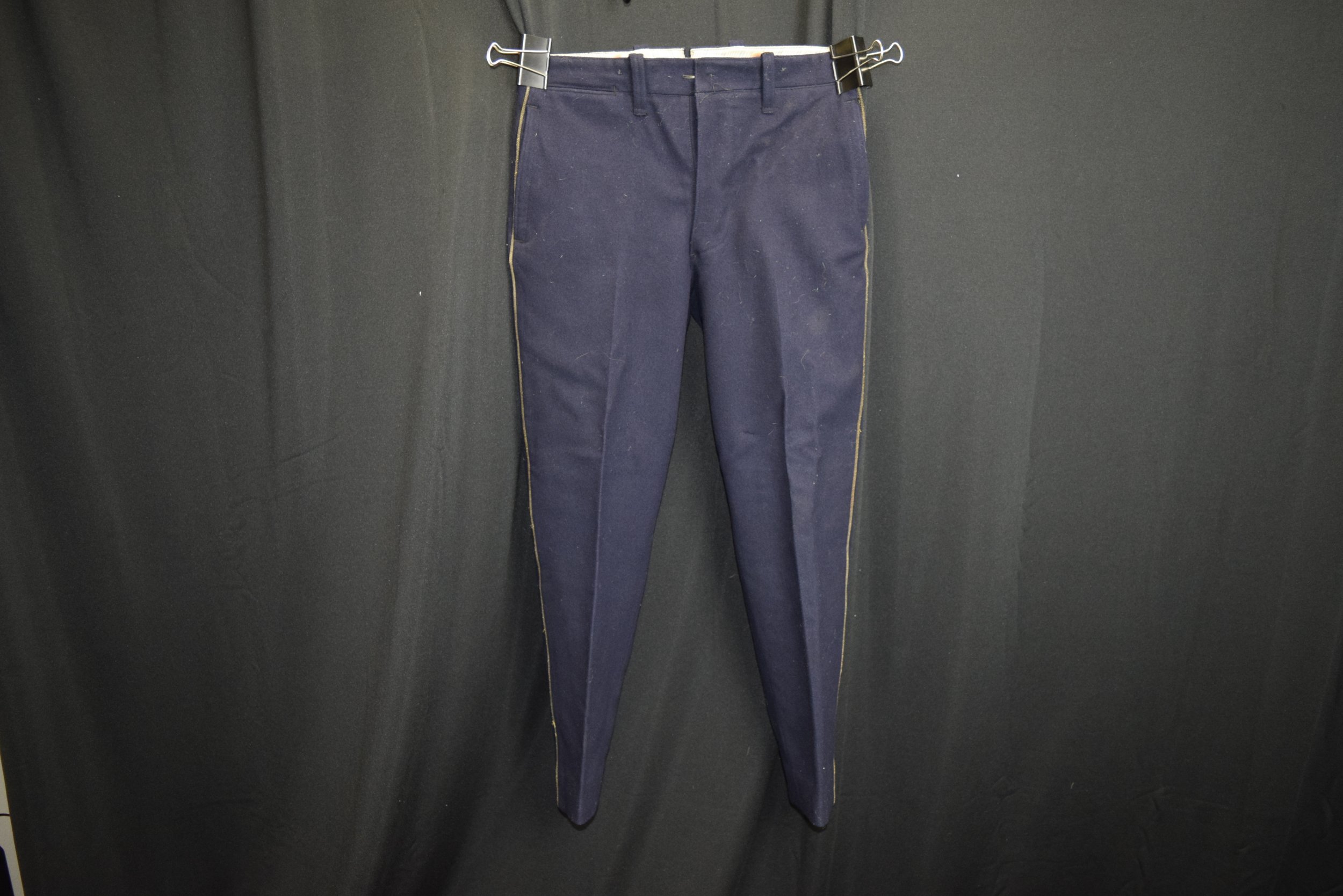What's in the Pocket?
As curator, I strive to answer the WHO, WHAT, WHEN, and WHY for every artifact. These questions help us create a full picture of the history behind an object and help us tie that item into the story of our community and area. It is not often that an object clearly answers all four of the W’s, but in 2012 we were lucky enough to receive such an item.
Henry Ringling, Jr. as a teenager with his dog, Sport
In 2012, a descendant of the Ringling family donated an usher’s uniform to the museum, consisting of pants, jacket, and cap (or hat). The small size of the uniform and the presence of pants (not a skirt), immediately told us the uniform was worn by a child and likely a boy. Now, we were able to start answering some of our questions. While examining the uniform, SCHS staff were looking through the pockets and found a folded piece of paper. This paper turned out to be a program for one of the shows held at the Ringling Theater around 1916, a movie called “Fighting Blood” with actor William Farnum. Found in the same pocket was a small ticket envelope from the Ringling Theater, with penciled handwriting on front, “Henry Ringling Jr., Baraboo, Wis.”.
Henry Ringling Jr. was the son of one of the seven Ringling brothers, Henry Ringling. With these pocket papers and a little research, we were able to clearly determine that Henry Ringling Jr. wore this uniform while he worked at the Ringling Theater around 1916, serving as an usher and possibly ticket seller. Henry Ringling Jr. was born in 1906, so he would have only been about 9 or 10 years old!
To add extra depth to our story of the usher’s uniform, we located a receipt from the company that made the uniform, The Henderson-Ames Company of Kalamazoo, Michigan. The receipt states that an usher’s uniform was sold to Al Ringling on Nov 16, 1915. From the history of the Ringling Theater, we know that the theater opened around the same time this uniform was purchased.
When first starting as the SCHS curator, one of my first tasks was to find a better archival home for the usher’s uniform. Now, the usher’s uniform is safely packaged in it’s own box, along with the contents of the pocket, and special tissue paper to keep items from wearing on each other. A large part of my job as curator is ensuring that items in our collection are safely packaged and have up to date records. Both of these help ensure that the items will continue to tell their story for years to come.






